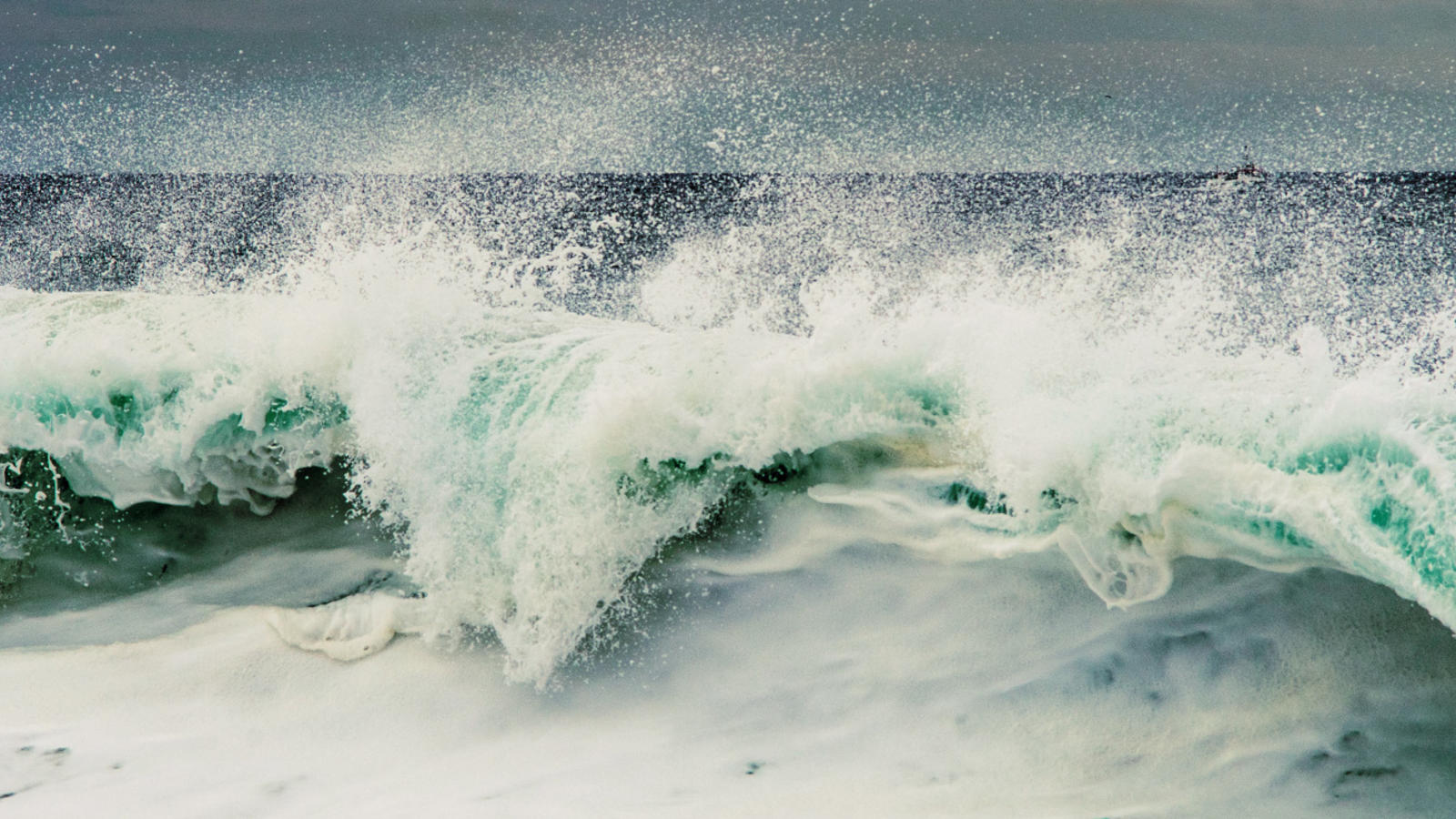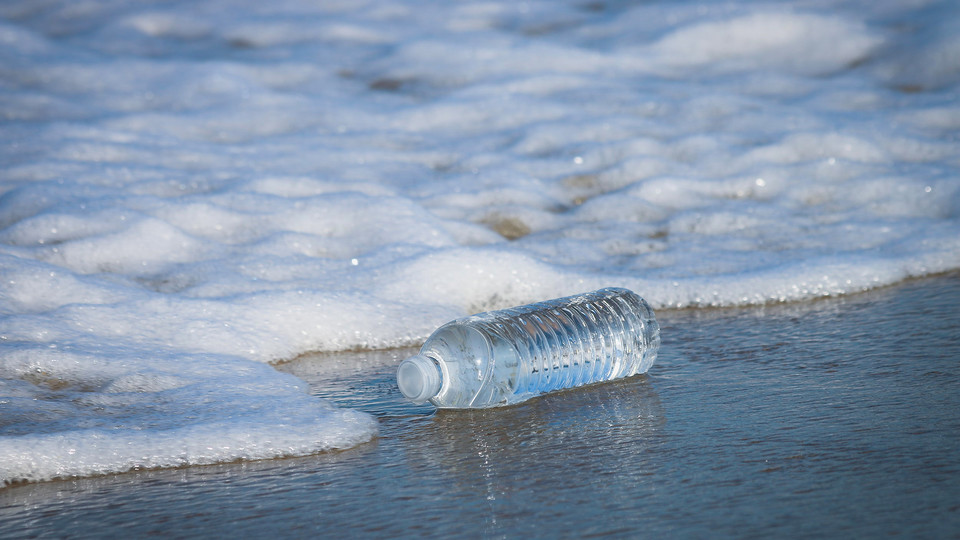
Swept Away
In Aransas Pass, Texas, Two Recoveries Are Underway
By Mary Lee Grant
In Aransas Pass, Texas, Two Recoveries Are Underway
At a small rural hospital in Aransas Pass, a shrimping and tourist town of about 7,000, some patients visited the emergency room twice a day, obtaining insulin and other medications they couldn’t afford to buy themselves. Nurses sometimes pooled their money to pay for patients’ cab fare home.
“It is that kind of place,” said Jen Deselms, a registered nurse who worked in the emergency room at Care Regional Hospital before Hurricane Harvey hit, forcing the facility to shut its doors indefinitely. “We look out for each other and for our community. Not having this hospital will be devastating for the entire area.”
All week, doctors and nurses labored to repair the hospital, which serves about 90,000 in three counties, mopping flooded floors and hammering two-by-fours to patch crumbling walls. In Aransas Pass and the neighboring beachfront towns decimated by Harvey’s first brutal landfall, a tale of two recoveries has emerged. Although these communities are often described as resort towns, tourism overlays a culture of rural poverty here. These are places where shrimpers who haven’t owned boats in years struggle to get by on disability checks. Folks who gave up on the cities cram into waterfront RV parks – many destroyed in the storm – venturing to the coast to flip hamburgers or wait tables in an effort to find their place in the sun and the sand.
According to Scott Sonenshein, a management professor at Rice Business who studies resilience and resourcefulness, Harvey could provide the chance for people and communities to remake themselves.
"It is a chance to start from scratch and do something new," said Sonenshein, author of Stretch: Unlock the Power of Less and Do More than You Ever Imagined. “Research shows that when people are faced with nearly insurmountable odds, they often find completely new and resourceful ways of approaching things and forge completely different paths. Communities can channel the sense of togetherness that comes out of disaster to build something better.”
But in the Coastal Bend, many schools have yet to open their doors and patients will now have to travel at least 20 miles across the Harbor Bridge to Corpus Christi to find medical care, difficult for many in an area with little public transportation.
In nearby Rockport, where retirees show their paintings of shrimp boats and pelicans in art galleries along picturesque Copano Bay and swish condos line the waterfront, virtually nothing remains unscathed. About 80 percent of the buildings in town were damaged, according to federal estimates.
But the path to recovery will vary, said Chuck Shamel, a retired counselor who serves on the executive board of the Good Samaritan, a non-profit that helps the needy with food, bills and transportation.
“The poor will stay and rebuild, because they have nowhere else to go and no way to get out,” he said. “The rich will be back in a few weeks, when the power goes on and the golf courses open.”
The 76 year old moved here to build his dream home with his wife, Betty, a 79-year-old retired teacher, on several wooded acres near the water. Although Harvey damaged their house, he expects insurance to pay most of the costs. He is more concerned with those who have less.
“We are a barbell community, with 20 percent on the upper end and 20 percent on the lower,” Shamel said.
Many moved to the coast hoping for a fresh start among the placid bays and sheltering oak trees, but the reality often is harsher. Jobs are scarce, salaries low and property is expensive.
Ida Jeter, 60, who works cleaning and cooking for nuns at a Catholic shrine, said she is living in her car. The shrine was damaged and many of the nuns are returning to their home base in Wisconsin, so Jeter doesn’t know if she will have a job.
“They kicked me out of my apartment because it was so damaged,” she said, bursting into tears. “I have nowhere to go.”
Unlike much of south and southeast Texas, the poverty here is concentrated in a largely white population. Rockport is about 67 percent white and 24 percent Hispanic, with a sprinkling of blacks and a small but thriving Vietnamese immigrant community originally drawn by the shrimping. Port Aransas is even whiter, with about 89 percent of the population white, 3 percent Hispanic and fewer than a half-percent black or Asian.
Unlike heavily Hispanic south Texas or the Houston area, with its large African-American and multi-hued immigrant population, this is Trump country. In Aransas County, about 74 percent of voters supported Trump. Boarded up windows at a business near Rockport marina are painted with the words, “Bet they blame Trump,” beside an American flag.
Dennis Finner, 50, said he wishes he had seen Trump when the president visited the area.
“I am glad Trump set his feet here,” Finner said. “I wish I had known so I could have seen him, because I like him. Is he doing a good job at helping? I have no idea. I don’t even have a TV anymore.”
For Finner, the self-reliance he so values is eluding him in the wake of Harvey. He doesn’t like depending on government or charity.
“There is nothing like working hard with your hands all your life only to have everything you worked for taken away in a few hours,” Finner said. “I ain’t never taken anything from the government – no handouts or nothing. And now there are people by the side of the road giving out free hamburgers and I’m eating them. It just hurts.”
For many residents, the devastation left in Harvey’s wake is testing a deeply held value of self-reliance. Bill Woods, who was almost killed in a motorcycle accident years ago, now lives with a painful limp, one eye permanently shut and a metal plate in his head. Yet Woods, 60, receives no disability payments.
“All the money I have, I make with my own hard work,” he said.
He mows lawns for a living, but wind blew apart the trailer he uses to haul his equipment. Harvey also tore apart the trailer where he lives, so he is staying with friends.
“At least the government is here,” he said. “I will have to wait and see if I can get a FEMA trailer to live in or some money to buy another trailer.”
Aransas County Sheriff Bill Mills said federal aid has been sufficient, but dealing with the multitude of agencies that have descended on the area to help in very specific ways has demanded great coordination.
“Each agency has one little area that they micromanage, which is good, because they have a lot of expertise in that area,” Mills said. “But we are overwhelmed. We have so much to deal with. The power isn’t even back on, almost every building has been damaged, people are homeless and we are arresting looters. Our schools have been closed indefinitely. Our teachers don’t have jobs. People are trying to clean up with this heat index and stress that is off the charts.”
In Port Aransas, a town of 4,000 that can swell to 70,000 on weekends, the city manager has estimated that every building in town was damaged. A group of friends sat in deck chairs in the parking lot of the Place Motel, whose manager had given them rooms for free after their lodgings were flooded. The men were shirtless in the hot muggy weather; the women wore shorts and, midriff tops with packs of cigarettes tucked into their bras. They were drinking tequila and Jack Daniels straight from bottles they found floating down the street when the liquor store flooded.
Timothy Yoke, 53, who lays tile for a living, rode the storm out, but his apartment was completely flooded. “Of course I will stay,” he said. “I love it here. I love the beach and the weather and the people. Where else would I go?”
In Port Aransas, about 11 percent of the population falls below the poverty line, but 17 percent of those under 18 live in poverty. About 80 percent of the island homes are owned by people from elsewhere, making the town a mix of prosperous out-of-towners and locals who largely depend on jobs serving tourists.
Many part-time residents also dock boats in Port Aransas. At Island Moorings Marina, crane operators worked to remove dozens of boats from the mud and sand.
Rochelle Rackham, 63, slept in her beached sailboat all night. The ocean-going catamaran had broken away from the docks as the storm surge hit and floated onto dry land.
“I have to sleep here because the boat is so valuable and I have thousands of dollars of electronic equipment on it,” said Rackham. “A man came around last night and tried to break in, but I pulled my .38 on him and he ran.”
Rackham, who has sailed solo as far as Turkey and Tunisia on her boat, said she is not sure she will stick with Port Aransas after the storm. “I think it would be simpler just to dock her in Cayman,” she said.
George Brown, a commercial real estate broker who owns an oceanfront RV park, said that even though he lives in San Antonio, Port Aransas is part of who he is. Most of the RVs in his park were destroyed, but he said he will rebuild.
“We used to come down here when I was a kid for the hurricanes,” he said. “Partly to check on our property, but also for the excitement. My parents would bring a generator and hook it up. And we would listen to the rain and wind. Hurricanes are part of living on the coast. I’m not leaving.”
Mary Lee Grant is a political scientist in Kingsville, Texas and a writer for Business Wisdom. A version of this story appeared in the Washington Post.
Never Miss A Story


